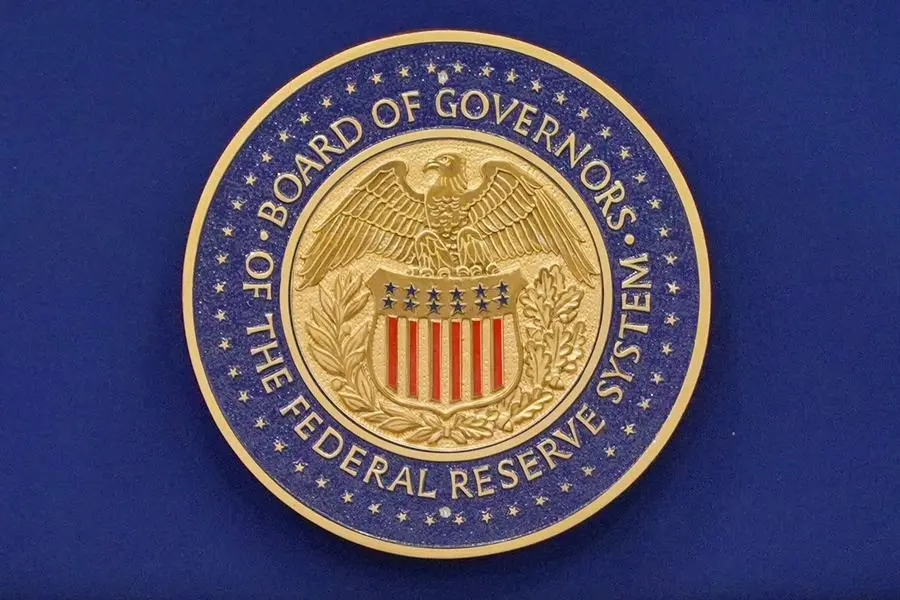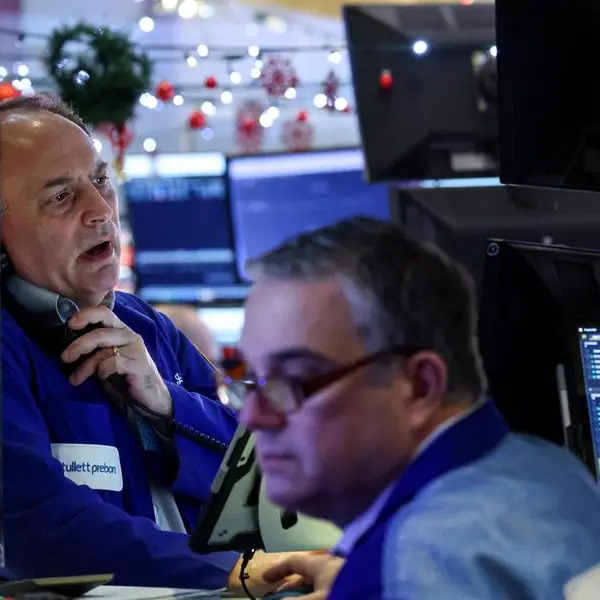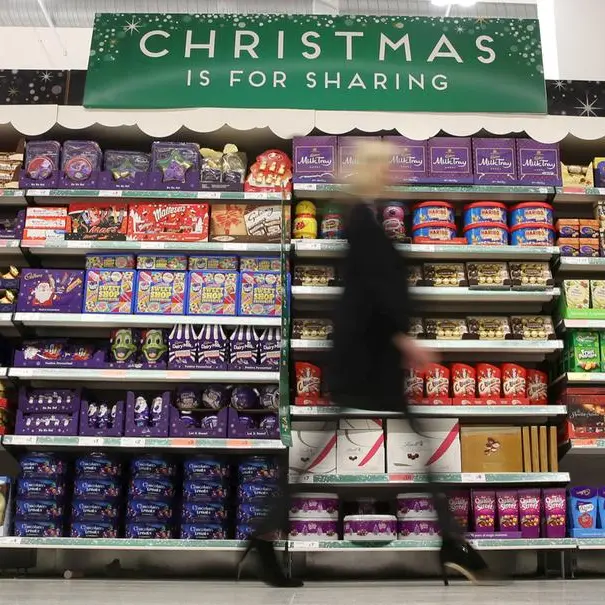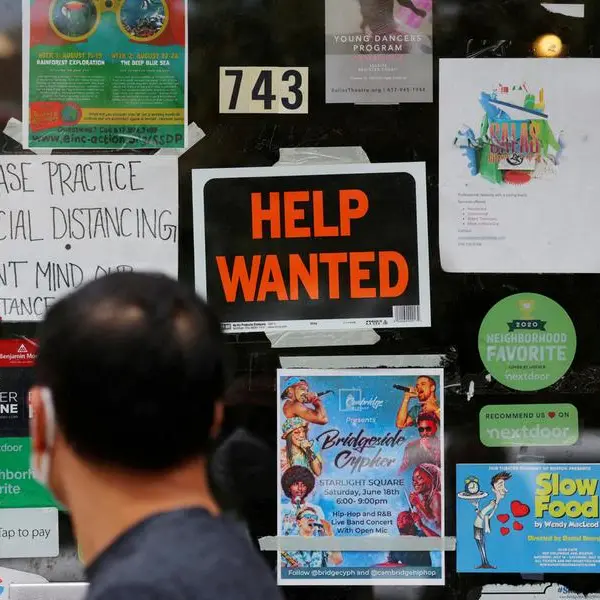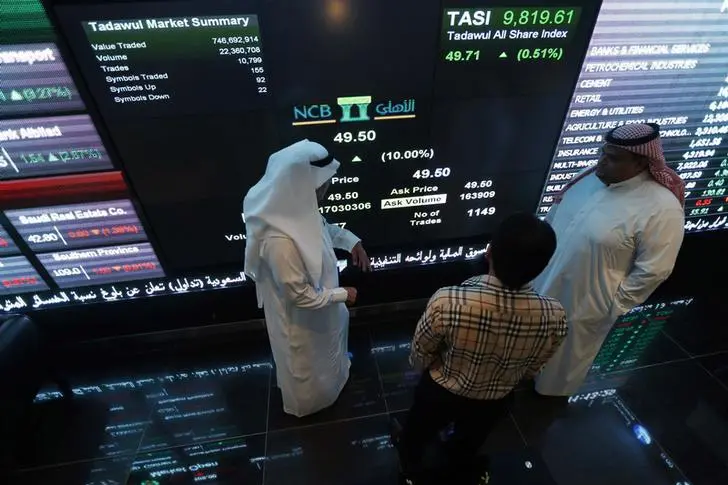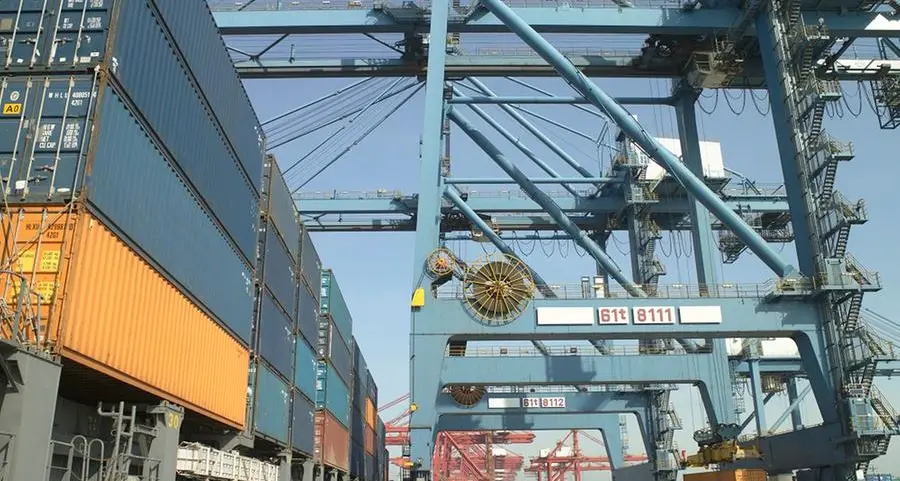PHOTO
(The opinions expressed here are those of the author, a columnist for Reuters.)
LONDON - Incoming U.S. inflation signals are offering the Federal Reserve little or no justification to resume interest rate cuts, and it's hard to see that changing before September. Following an unscheduled visit to the Fed last week, President Donald Trump said he thinks the Fed may be ready to lower rates again. To be sure, at least two of his appointees to the Fed board - Christopher Waller and Michelle Bowman - have indicated they might vote for a cut as soon as this week. But they may be alone.
Markets certainly remain unconvinced. Futures pricing shows virtually zero chance of a move on Wednesday and only a 70% chance of a cut at the following meeting in September. Markets now even doubt we'll see two rate cuts this year - the median of Fed policymakers' forecasts published just last month. While some clarity on the uncertain trade picture should emerge from this Friday's deadline, the effective overall import tariff rate is still set to be almost 20% higher than at the start of the year. And the impact from that may take months yet to filter through.
But there are enough other signals that higher import levies and a weaker dollar are already irking the U.S. price picture, at least enough to keep the Fed wary. As it stands, inflation remains well above the 2% target, and long-term market inflation expectations, now the highest of any G7 country, are above target too and creeping up.
The Fed's favored inflation gauge, from the personal consumption expenditures basket, is due for release on Friday, and the annual core rate excluding food and energy is expected to be 2.7% - the same as last month.
Consumer price inflation data for the month that has already been released shows pockets of price pressure in key areas affected by the limited tariffs enacted so far. Producer price data was more subdued, but that series doesn't include imported goods. Moreover, manufacturing firms last week continued to show outsized gains in input prices in July. S&P Global's monthly survey of purchasing managers registered an input price reading of 64.6, still far above the 50 threshold between expansion and contraction. Unlike the PPI, that captures imported inputs.
By contrast, European manufacturers registered an equivalent input price reading of 49.9.
EARNINGS NOISE
Tariff-related readouts from the roughly one-fifth of S&P 500 companies that have reported second-quarter updates have been noisier.
But economists warn that two aspects of the earnings season could potentially be disguising the tariff impact.
The first is significant front-loading of imports in the first quarter to beat the tariffs, the enormous scale of which led to a small GDP contraction in the first three months of 2025. As that tariff-free inventory is run down, costs should rise as tariffs begin to hit.
The hiatus may have allowed many firms to keep prices steady or avoid taking significant margin hits through the second quarter. The second aspect economists warn about is the degree to which major companies may want to avoid any public statements on negative tariff hits or any pass-through to consumers due to fears of political backlash.
All of which leaves a foggy inflation picture going forward and one unlikely to be clarified much by September.
MANDATE
To be sure, the Fed has a dual mandate, which includes both keeping prices stable and maintaining maximum employment, and one argument, from Waller at least, is that the labor market is showing signs of softening. And yet employment reports out this week are unlikely to offer much support on that front either, with recent weekly jobless claims data painting a robust picture. While monthly payroll growth is expected to slow in July, the unemployment rate is set to remain near historic lows at about 4.2%, with annual wage growth one percentage point above core PCE inflation.
What's more, second-quarter U.S. GDP updates this week are also expected to confirm a brisk bounce-back in overall economic growth to 2.4% after the trade-distorted first-quarter hiccup.
Lazard chief market strategist Ron Temple reckons the Fed won't cut at all this year, just like seven Fed policymakers indicated last month.
"My logic is that inflation is likely to re-accelerate meaningfully by year-end due to tariffs," he wrote on Friday. "Thereafter, stricter immigration enforcement is likely to create another inflationary force," he said, adding that rising deportations of workers could push up wage inflation, keep unemployment stable, and cause GDP to slow.
"That is not a scenario that argues for Fed rate cuts."
If the Fed does signal it's ready to ease again, it may struggle to make a cogent case for why it is doing so.
The opinions expressed here are those of the author, a columnist for Reuters
-- Enjoying this column? Check out Reuters Open Interest (ROI), your essential new source for global financial commentary. Follow ROI on LinkedIn. Plus, sign up for my weekday newsletter, Morning Bid U.S.
(by Mike Dolan; editing by Rod Nickel)
